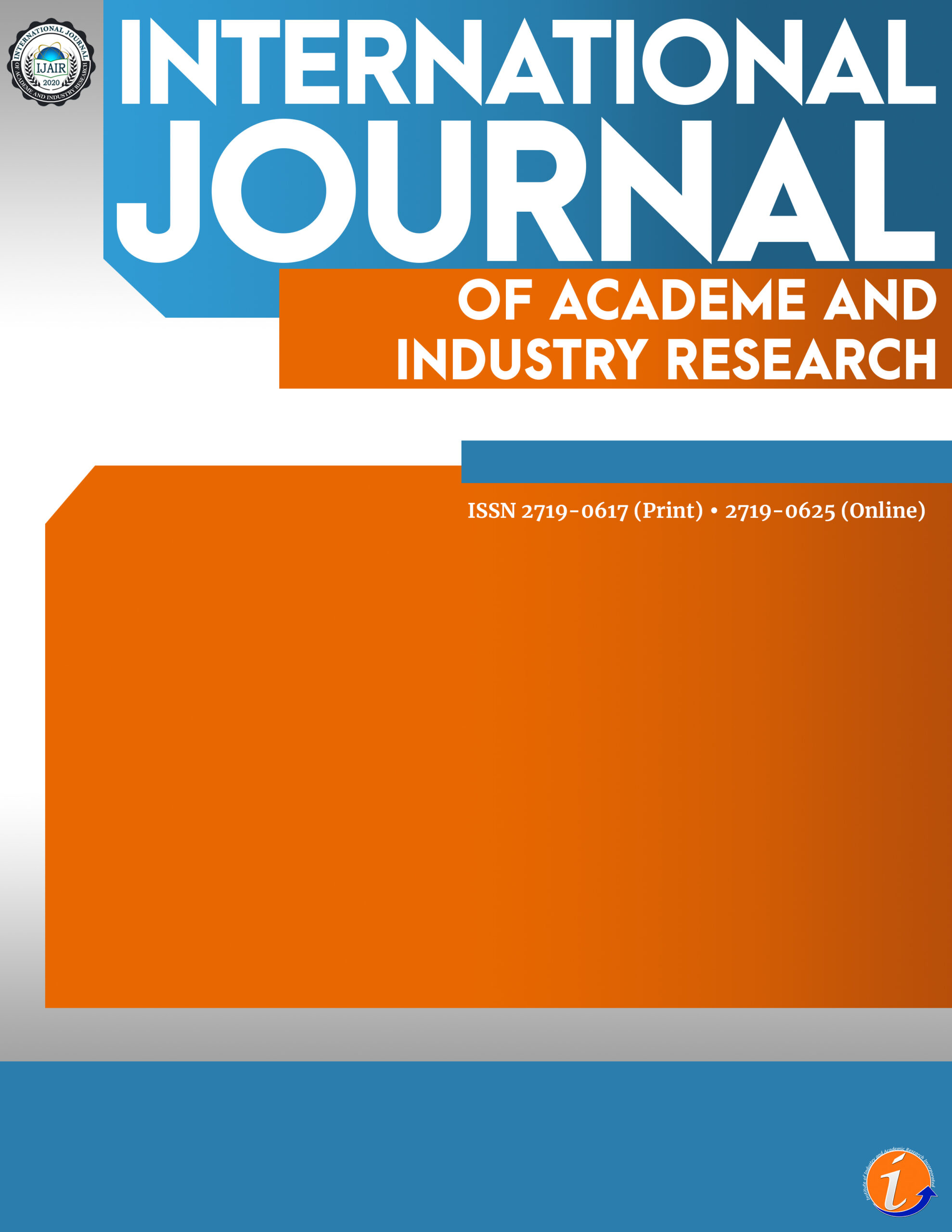This study was conducted to determine patronage and benefits of the hospitality management students on recreational activities. This specifically assessed the preference and constraints on the land, water, and air outdoor recreational activities. Through descriptive-correlational research design and researcher-made questionnaire, it identified significant relationship between the demographic profile and their preference on outdoor recreational activities. The survey tool was distributed through Google Forms via messenger. Results showed that camping, swimming and parasailing are the most preferred outdoor recreational activities. Majority of the respondents preferred participating in outdoor activities with their families. Majority of them have joined activities inside the campus while others wanted to experience it in local parks, trails or playgrounds. Furthermore, the statistical results for motivation are much higher than the constraints implying higher benefits than the experienced constraints. The test of relationship proved that the demographic profile of the participants is irrelevant to their preferences, motivation and constraints.
outdoor recreational activities, perceived benefits, hospitality management
Silver Cheesedale G. Regidor. Corresponding Author. College of Human Ecology, Central Mindanao University.
Rubie A. Arroyo. Doctor of Management, Associate Professor V, Department of Hospitality Management, College of Human Ecology, Central Mindanao University.
Queen April Joy E. Aclan. College of Human Ecology, Central Mindanao University
Arsheena Pearl L. Azuelo. College of Human Ecology, Central Mindanao University
Alyssa Rae P. Obedencio. College of Human Ecology, Central Mindanao University
Jemicah Faith A. Open. College of Human Ecology, Central Mindanao University
Kathleen Mae C. Oximar. College of Human Ecology, Central Mindanao University
Jhesello C. Penonia. College of Human Ecology, Central Mindanao University
Johanna Sophia Pascua. College of Human Ecology, Central Mindanao University
Aksoy, Y. & Arslan, O. (2019). Effects of Recreational Activity on Leisure Barriers between Students. Asian Journal of Education and Training, 5(4): 569-574. https://files.eric.ed.gov/fulltext/EJ1237513.pdf
Arzu, D., Tuzun, E. H., & Eker, L. (2006). Perceived barriers to physical activity in university students. Journal of Sports Science & Medicine, 5(4), 615–620. https://www.ncbi.nlm.nih.gov/pmc/articles/PMC3861763/
Ayhan, C., Ekinci, N., Yalçın, I., & Yigit, S. (2018). Investigation of Constraints that Occur during Participation in Leisure Activities by High School Students: A Sample of Turkey. Educ. Sci. 2018, 8, 86. https://doi.org/10.3390/educsci8020086
Brodwin, E. (2019). 24 easy habits that psychologists have linked with health and happiness. Business Insider. https://www.businessinsider.com/science-backed-things-that- make-you-happier-2015-6
Buedron, N. F. (2019, March). Outdoor Recreation Activities of College Students in the University of Eastern Philippines. International Journal of Science and Research. Volume 8 Issue 3, March 2019.
Burt, D. J., & Leal, T. (2021). The effect of COVID-19 on the physical activity and recreationalhabits of University students. International Journal of Exercise Science: Conference Proceedings: Vol. 2: Iss. 13, Article 55.
Davis, B. (2021). Why is recreational activities beneficial essay? Mvorganizing.org – Knowledge Bank: Quick Advice for Everyone. https://www.mvorganizing.org/why-is-recreational-activities- beneficial-essay/
Fagerholm, N., Eilola, S., & Arki, V. (2021). Outdoor recreation and nature’s contribution to well-being in a pandemic situation – Case Turku, Finland. Urban Forestry & Urban Greening, 64, 127257. https://doi.org/10.1016/j.ufug.2021.127257
Fleury-Bahi, G., Pol, E., & Navarro, O. (2017). Handbook of environmental psychology and quality of life research. Springer.
Gladwell, V., Brown, D., Wood, C., Sandercock, G., & Barton, J. (2013). The great outdoors: How a green exercise environment can benefit all. Extrem Physiol Med 2013 Jan 3;2(1):3. doi: 10.1186/2046-7648-2-3.
Grubbs, L., & Carter, J. (2002). The Relationship of Perceived Benefits and Barriers to Reported Exercise Behaviors in College Undergraduates. Family & Community Health, 25(2), 76–84. https://doi.org/10.1097/00003727-200207000-00009
Gyurcsik, N. C., Bray, S. R., & Brittain, D. R. (2004). Coping With Barriers to Vigorous Physical Activity During Transition to University. Family & Community Health, 27(2), 130–142. https://doi.org/10.1097/00003727-200404000-00006
Lynch, P., & Dibben, M. (2016). Exploring motivations for adventure recreation events: A Zealand study. Annals of Leisure Research, 19:1, 80-97, DOI: 10.1080/11745398.2015.1031804
Mason, P. (2003). Tourism Impacts, Planning and Management. Butterworth-Heinemann
Mehlhaf, J. (2019). Younger millennials and outdoor recreation: Understanding outdoor recreational pursuits of millennial college students. Electronic Theses and Dissertations. 3381. https://openprairie.sdstate.edu/etd/3381
Pomfret, G., & Bramwell, B. (2016). The characteristics and motivational decisions of outdoor adventure tourists: A review and analysis. Current Issues in Tourism, 19:14, 1447-1478, DOI: 10.1080/13683500.2014.925430
Ramesh Ghimire, R., Green, G. T., Poudyal, N. C., & Cordell, H. (2014). An Analysis of Perceived Constraints to Outdoor Recreation. Journal of Park and Recreation Administration. Vol. 32 No. 4 (2014).
Sidi, M. M., Radzi, W. M., Aman, S. M., & Yassim, M. M. (2017). A Study of Participation Motive in Outdoor Recreational Activities. International Journal of Academic Research in Business and Social Sciences. 2017, Vol. 7, No. 3.
Sisson, M. (2013, July 31). The health benefits of nature. Mark’s Daily Apple. https://www.marksdailyapple.com/the-rich-and-measurable- benefits-to-spending-more-time-in-nature/
Son, C., Hegde, S., Smith, A., Wang, X., & Sasangohar, F. (2020). Effects of COVID-19 on College Students’ Mental Health in the United States: Interview Survey Study. Journal of Medical Internet Research. 2020;22(9):e21279) doi: 10.2196/21279
Tae, Yunjin. (2007). Constraints to Outdoor Recreation: A Multiple Hierarchy Stratification Perspective. Leisure Sciences, vol. 29, no. 3, 10 May 2007, pp. 227–246, 10.1080/01490400701257948.
WHO. (2020). Impact of COVID-19 on people’s livelihoods, their health, and our food systems. https://www.who.int/news/item/13-10-2020-impact- of-covid-19-on-people’s-livelihoods-their-health-and-our-food- systems
Cite this article:
Regidor, S.G., Arroyo, R.A. Aclan, Q.E., Azuelo, A.L., Obedencio, A.P., Open, J.A., Oximar, K.C., Penonia, J.C. & Pascua, J. (2022). Preference and constraints on outdoor recreational activities: Insights from hospitality management students. International Journal of Academe and Industry Research, 3(4), 145-164. https://doi.org/10.53378/352945
License:
![]()
This work is licensed under a Creative Commons Attribution (CC BY 4.0) International License.










